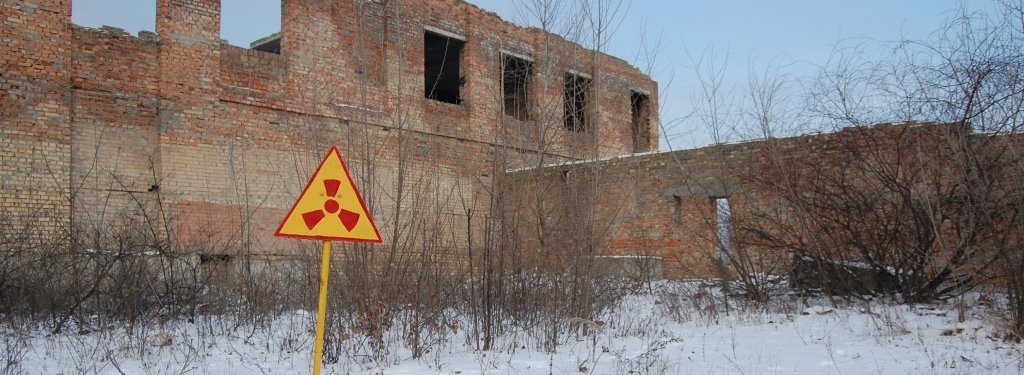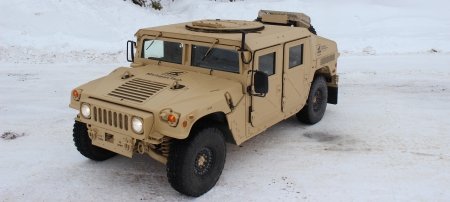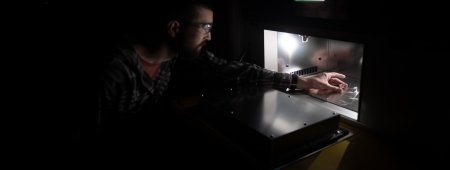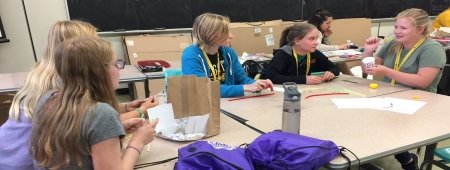Amazing Feats of Engineers
When you ask nine-year-olds what they want to be when they grow up, they probably won’t say "an engineer." That’s too bad, because engineers do amazing things.
Unfortunately, most people don’t know just how amazing. So, for the sake of enlightenment, we asked Michigan Tech engineering alumni to tell us about some of the biggest hurdles they have faced in their careers and how they overcame them. A few of you responded with tales that show what a huge impact engineers can have on their companies, their profession, and their communities.
Here are four of your stories.
Bridge over the River Colorado
by Bonnie Klamerus '83 '91, BS in Civil Engineering
Working for a unit of the Federal Highway Administration, I was the structures manager for the Hoover Dam Bypass Project, whose centerpiece was an arch bridge that spans the Colorado River and links Arizona and Nevada. It was pretty darn hard. Daunting. A bridge engineer’s dream and the biggest challenge I’ve ever had. Coming from Baraga, Michigan, it was difficult for me to imagine the sheer ruggedness of the steep canyon walls and caverns. The terrain was fit for the desert bighorn sheep inhabiting the area.
The bypass, just downstream from the Hoover Dam itself, was begun in 2001 and completed
in 2010. It cost $240 million. The . . .
Read more
Introducing Mr. Atom and other perils of a nuclear engineer
by Ray Berg '70, BS in Electrical Engineering, concentration in power
I graduated in June 1970 and began working for Detroit Edison Company. After getting an MS in Nuclear Engineering from the University of Michigan, I joined Edison’s Fermi 2 Nuclear Power Plant engineering team in 1976. I became a systems engineer when the "systems" concept of engineering was just beginning to infiltrate both power plant and automotive design. It was a great experience, and I was really enjoying myself.
One day, the VP of Nuclear showed up at my desk and "advised" me that it was essential
that I join the Detroit Edison Speakers Corps and go out into the community and educate
people on . . .
Read more
She saw 3D under the North sea
by Patricia Henderson '77, BS in Geophysics
I was the first person to interpret three-dimensional seismic data in the Norwegian Sector of the North Sea. This was in the early 1980s, back when I was doing oil exploration for Mobil, and the thought of a three-dimensional cube of data was beyond most people’s comprehension. But I was a big proponent of it.
Our first challenge was to gather the seismic data so that it might be interpreted
in 3D. Fortunately, we had access to pioneers in seismic visualization who laid out
our first "shooting diagram." Once we got the data, the next challenge was to process
it. The software capable of doing that hadn’t been invented yet, but the guys in .
. .
Read more
Deodorizing a stinky chemical plant: it's all in the stoichiometry
by Greg Edwards '79, BS in Chemical Engineering
I’m now in Arizona doing hazardous waste management and some air pollution control work. But this comes from my time working for the Michigan Department of Environmental Quality (which no longer exists), Air Quality Division.
I was reviewing a permit application from a manufacturer of pool chemicals. They were
proposing a scrubber to reduce both chlorine and bromine emissions. As a chemical
engineer, I knew the evaluation of the scrubber should have been a simple gas/liquid
extraction tower problem. As you may have guessed, it wasn’t, because the operators
also didn’t understand the process very . . .
Read more
Michigan Technological University is a public research university founded in 1885 in Houghton, Michigan, and is home to nearly 7,500 students from more than 60 countries around the world. Consistently ranked among the best universities in the country for return on investment, Michigan’s flagship technological university offers more than 120 undergraduate and graduate degree programs in science and technology, engineering, computing, forestry, business, health professions, humanities, mathematics, social sciences, and the arts. The rural campus is situated just miles from Lake Superior in Michigan's Upper Peninsula, offering year-round opportunities for outdoor adventure.



